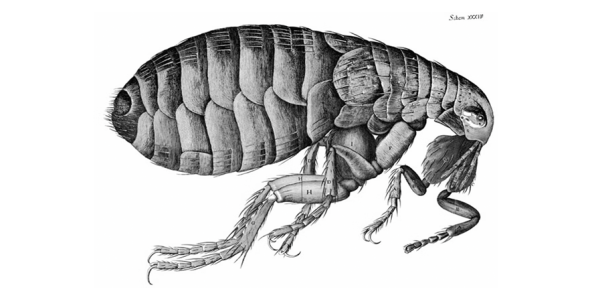
The humanities and the sciences supposedly belong to separate cultures, but some of the world’s most celebrated images stem from scientific roots. Just as every picture tells a story, so too there are many different stories to tell about a picture. Who created it? And why? What places, objects and people does the picture show? Has its meaning changed over time?
In 1665, the diarist Samuel Pepys was so captivated by Micrographia that he stayed up all night admiring its detailed engravings. Robert Hooke’s powerful new microscope revealed a living world that had previously been invisible. A meticulous observer and talented draughtsman, Hooke laid bare the interiors of plants and minerals as well as displaying blown-up versions of the fleas, lice and other tiny creatures that tormented human beings. A delightfully eloquent writer, Hooke created an ostensibly scientific book that provided a strong religious injunction to contemplate the beautiful design of God’s creation.
Like novels or plays, pictures carry complex narratives that can be understood in different ways. Although there can never be a definitive interpretation, greater knowledge of the facts, context and possibilities illuminates even the most familiar of pictures and leads to greater appreciation.
Talk by Patricia Fara.
Booking is not required. Free - drop in.



